A cloud telephone system is a virtual telephone system (also called hosted PBX, cloud PBX, VoIP telephone system, or IP telephone system). This means you get all the features of a local telephone system without investing in one – administration and maintenance take place virtually via the Internet browser in the Cloud.
As a result, the cloud telephone system offers additional advantages over a local solution: it can be used anywhere; all that’s needed is an Internet connection. Employees in the field or the home office can be seamlessly integrated. In addition, the cloud telephone system is always automatically updated with the latest software. New functions are available immediately after implementation without worrying about updates.
Table of Contents
Why Move to the Cloud
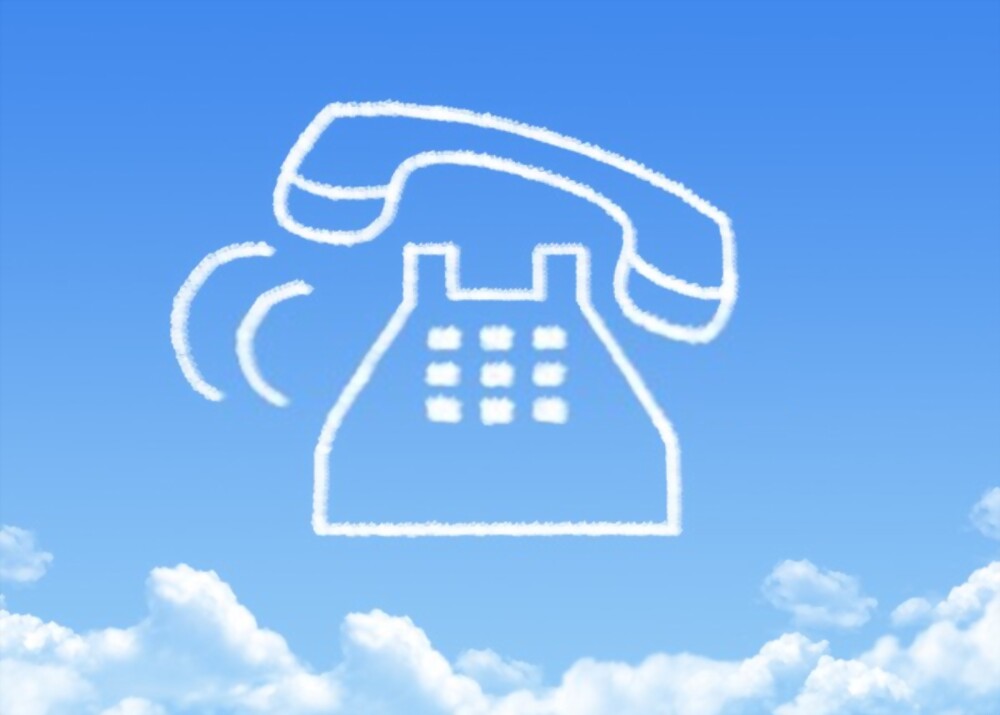
Over the past few years, you’ve probably heard a lot about the Cloud, and if you haven’t jumped on board, here are some reasons why you should.
More and more companies are opting to replace their traditional telephone system with an alternative in the Cloud. The Cloud has long been established as an element for storing and sharing data. But other services are now also being moved out of the office (on-premise) and onto the network. In the case of mail servers, most people are already used to being located in a data center rather than in the server room in the office.
With the all-IP migration, telephone systems can now be operated easily in the network. Only the VoIP-enabled telephones that connect to the telephone system in the Cloud are then located in the office. A VoIP-enabled phone can be a regular desk phone, a cordless DECT app, a smartphone app, or a desktop client on the computer.
Unlike the office phone system, a cloud phone system has the advantage that employees can make calls from anywhere via the phone system, making phone calls from home offices and business trips much easier.
With a cloud telephone system, your corporate telephony is also absolutely secure. For our hosted solution, you receive your installation on a separate server (VM) and do not have to share the telephone system with other users as with other providers. In addition, of course, you will always receive an automatic update to the latest version of our cloud telephone system. So you don’t have to worry about keeping your telephone system up to date with new and secure software. We will take care of that for you.
And you will also receive new functions regularly. The cloud telephone system makes your work more flexible and reduces costs simply by eliminating operating and acquisition costs.
Using your account, you can easily administer the cloud telephone system yourself in the customer portal and, for example, independently restart or even completely reset your assigned server, completely independent of the usage behavior of other subscribers.
Thanks to encrypted metadata and encrypted telephony, communication is tap-proof.
Advantages of a Virtual Telephone System
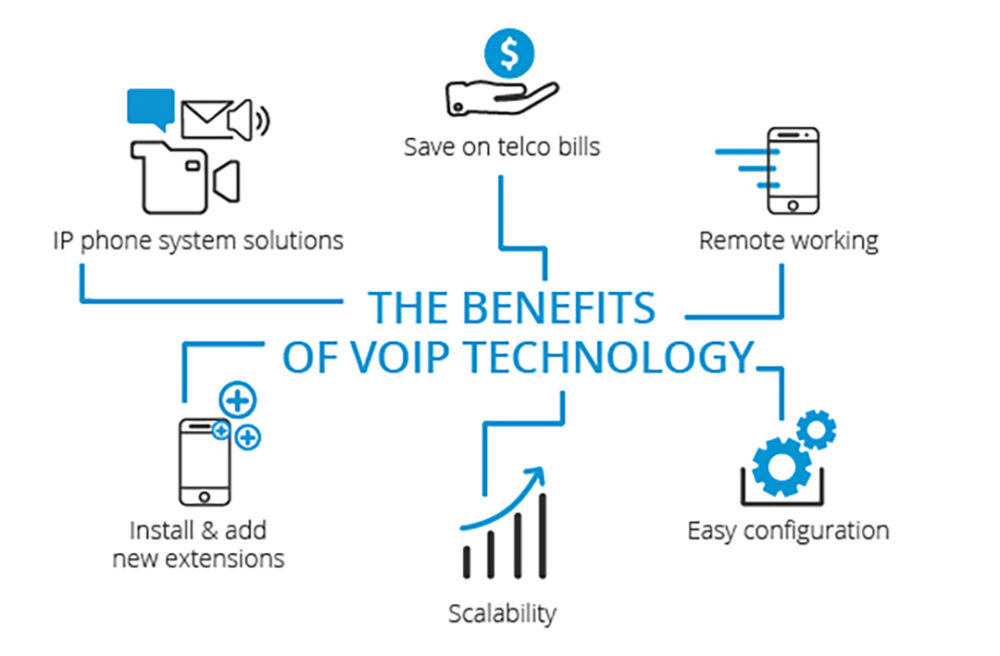
VoIP has many benefits, and these are just the tip of the iceberg. Since VoIP is still evolving, new features are being added to make your life easier.
The intuitive user interface of the cloud telephone system allows you to administer the extensive functions:
- The cloud telephone system naturally offers all the functions you are familiar with from a local telephone system, such as hold, toggle, call waiting, call transfer, call forwarding, speed dialing blocked lists, or after-hours counters.
- Faxes can be received and sent paperless via the Fax2Mail function
- Conveniently organize telephone conferences via PIN-secured conference rooms
- With the extended parallel call, you can integrate external telephones such as smartphones into your call groups or set up forwarding after a certain period.
- Work better together with the busy lamp field and call pickup. For example, you can see if a colleague is currently on the phone. And if a currently unoccupied workstation is called, you can pick up the call with the push of a button.
- With advanced call forwarding, complex, time-controlled forwarding scenarios can be implemented in the cloud telephone system.
- The situation-dependent answering machine allows you to play different announcements for specific occasions. In addition, you are informed about new messages via e-mail or SMS.
- When using a Hot Desk, you can assign employee access with rights management to the cloud telephone system. This allows employees to manage their extensions. Set up answering machine greetings, and send faxes and SMS from any phone in the office.
- There’s an app for it. The 3cx phone app allows you to use your smartphone as your VoIP phone. This means you can make and receive business calls without being charged by your cell phone provider when you’re traveling or out of the office.
Automatic Configuration and Provisioning of End Devices
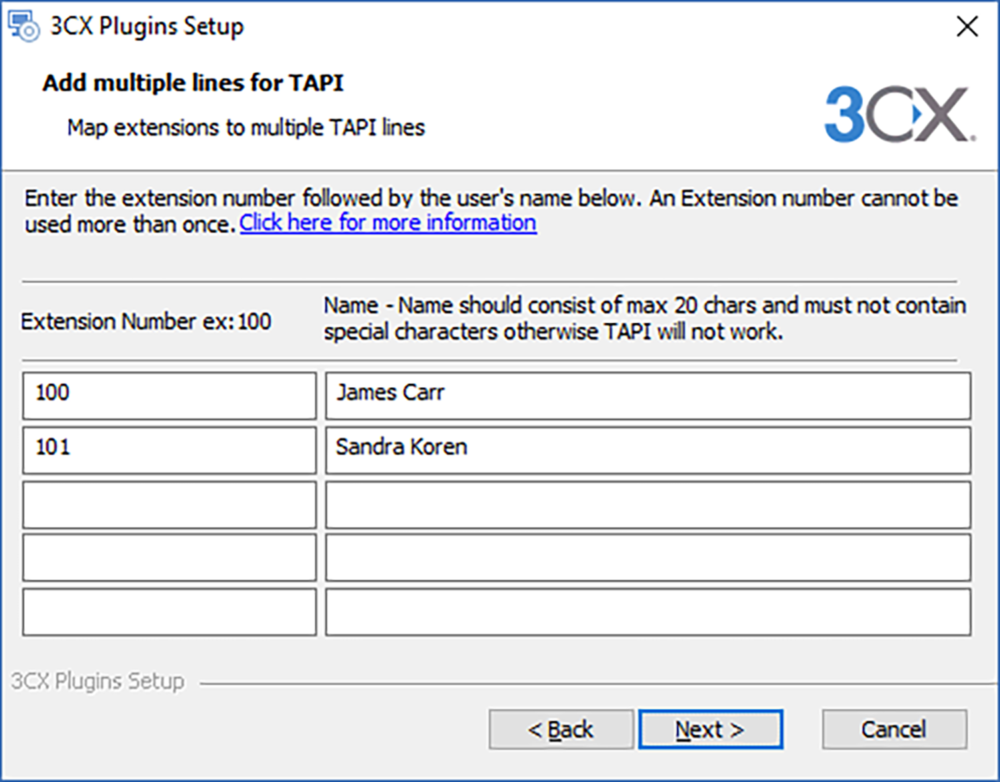
Setting up your VoIP handset to do what you want has never been easier, and 3cx makes it even simpler to change things on the fly when needed.
With 3cx’s software interface on their VoIP telephone system, you can use the TAPI function of your Windows computer. With this, the functions are controlled via the computer. For example, calls via Outlook business cards can be triggered in this way. Furthermore, it is possible to connect to your TAPI-capable CRM as well.
The cloud telephone system is not a static solution. The developers at 3cx are constantly working on new functions. For example, extended call group functions are planned soon.
What You Need to Set Up a Business Telephone System

Getting your cloud telephone system is very detail-oriented and should not be attempted by just anyone. Make sure the team that you’re working with is certified and reputable. There’s nothing worse than getting a new phone system and having horrible call quality or not being able to make calls at all.
The cloud telephone system can be set up independently and individually via the customer portal. You will always receive a cloud telephone system in combination with a Business SIP Trunk. With an IP-capable IP phone, you make calls via the Cloud, just like a traditional PBX phone system.
What is Hot Desking?
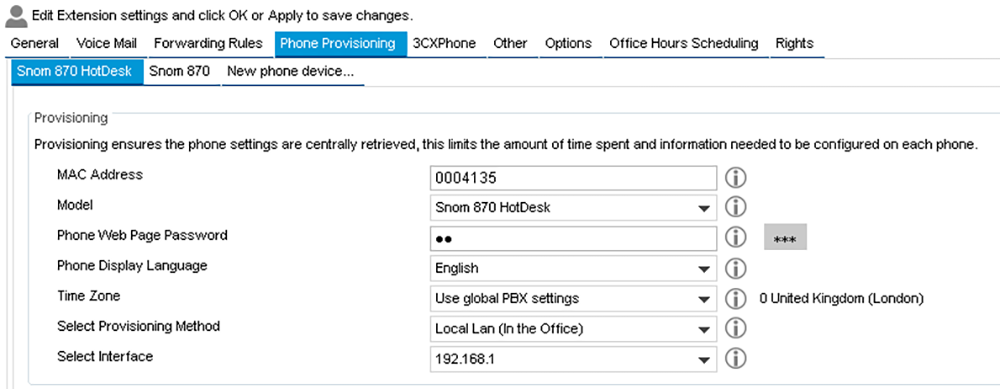
Hot Desking is a fantastic feature that allows anyone in your office to use any phone with their extension without limitations.
You can set up Hot Desks in your office to allow employees to manage their extensions and endpoints. They will not be given full access to the extensions and endpoints but will only be able to set up and enable/disable answering machines, call forwarding, and after-hours switches, as well as change their passwords. You can also allow your employees to send SMS and faxes online. This way, everyone will be able to use any phone in the office, and if employees are working away from their desks, they can still receive and make calls.
How Do I Use a Hot Desk as an Employee?
So you, as an employee, do not have to bother the administrator of your VoIP system for every call that needs to be made or needs forwarding. You have the option on the Hot Desk to manage this yourself. This works in the same way as a cloud telephone system does for the administrator:
- Set up call forwarding
- Activate after-hours switch
The configuration interfaces may look different from the screenshots used in our FAQs, depending on the extent of the rights granted to you on your Hot Desk. Nevertheless, the process remains the same.
Cloud Telephony Jargon You Should Know

Do you want to sound like you know what you’re talking about when you meet with your cloud telephone system team? Then, check out these abbreviations and examples below to take your VoIP lingo from noob to veteran in less than 60 seconds.
RTP
RTP is the abbreviation for “Real-Time Transport Protocol” and is a protocol used for the continuous transmission of data of an audiovisual nature over IP-based networks. Multimedia data streams such as text, audio, or video can be transported over networks using this protocol.
SIP
The Session Initiation Protocol (SIP) is a network protocol for establishing, controlling, and terminating a communication connection between two or more participants. It is primarily used in VoIP telephony and is the basis for 3CX and any other VoIP service.
SRTP
Based on this, the data encryption SRTP, i.e., the “Secure Real-Time Transport Protocol,” voice data between two IP telephones are encoded, packed into packets, and encrypted so that no third party in the network or on the Internet can access the conversation unnoticed.
TLS
TLS, “Transport Layer Security,” encrypts and protects the transmission protocol and internet communication. TLS is used to prevent hackers, eavesdroppers, or anyone else from being able to listen in on your calls. This is especially important if you give out passwords, banking info, trade secrets, credit card numbers, or anything else you would rather not be made public.
VoIP
VoIP stands for “Voice over Internet Protocol.” With VoIP, the voice connection is established via the Internet. VoIP is the most common telephony technology today and offers numerous comfort features that are impossible with traditional phone systems.
You can make calls with VoIP the same way as with the old connection technology. All that is required is an Internet connection and a VoIP-capable terminal. However, unlike the VoIP services of many providers, which are often called NGN, Cloud VoIP is open and can be used via any broadband connection.
Still, Have Questions?
Feel free to look at our Cloud Telephone System page on our site and if you have more detailed questions, feel free to fill out the contact form, and one of our excellent customer service team will contact you!

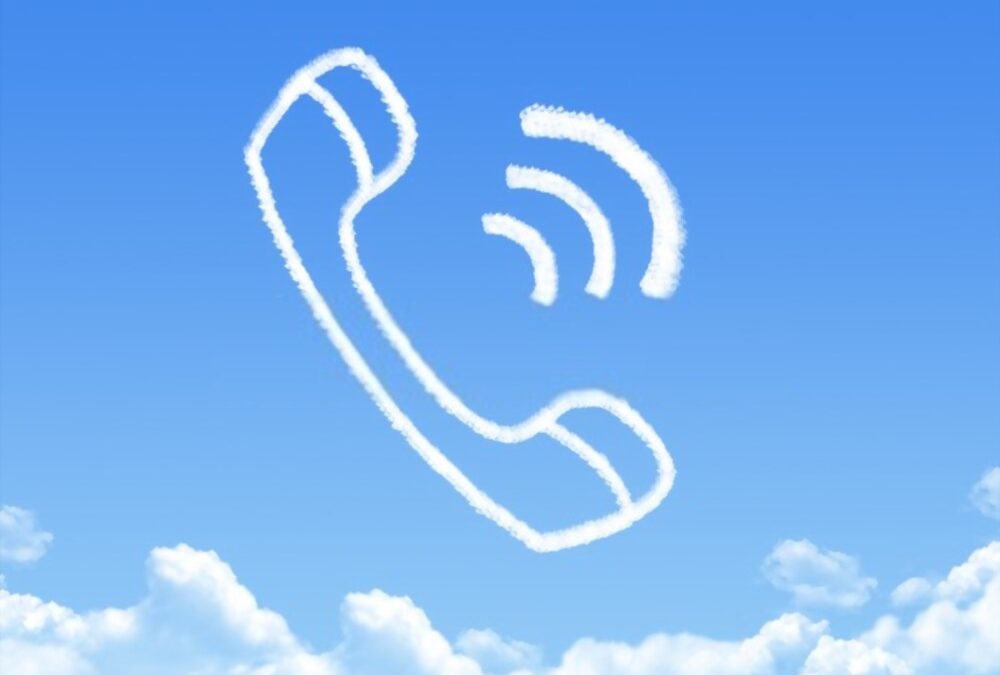
Recent Comments